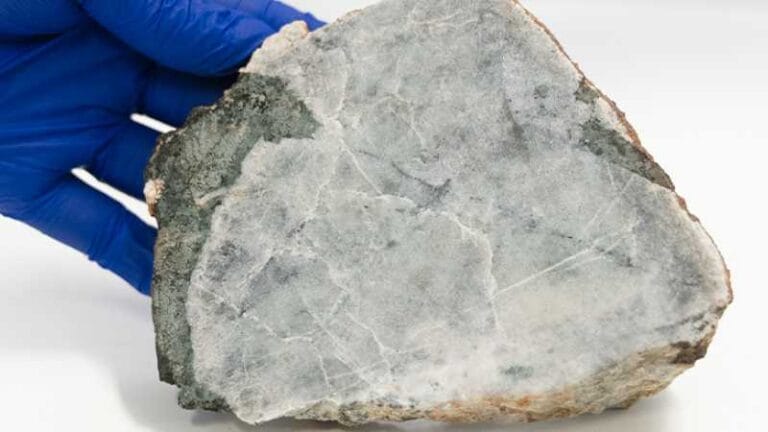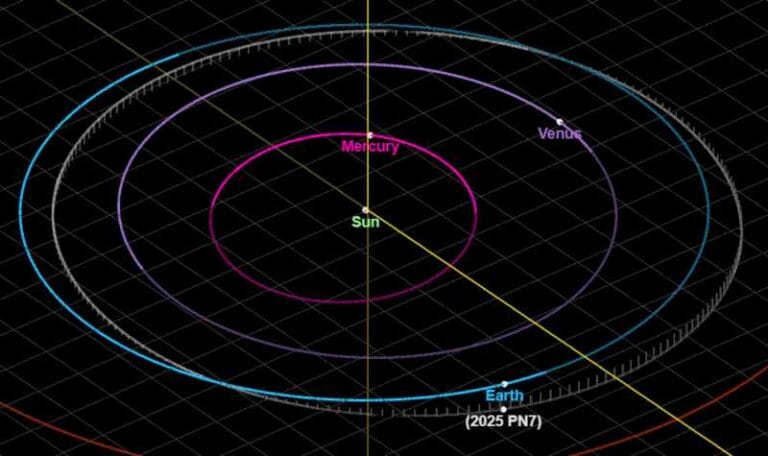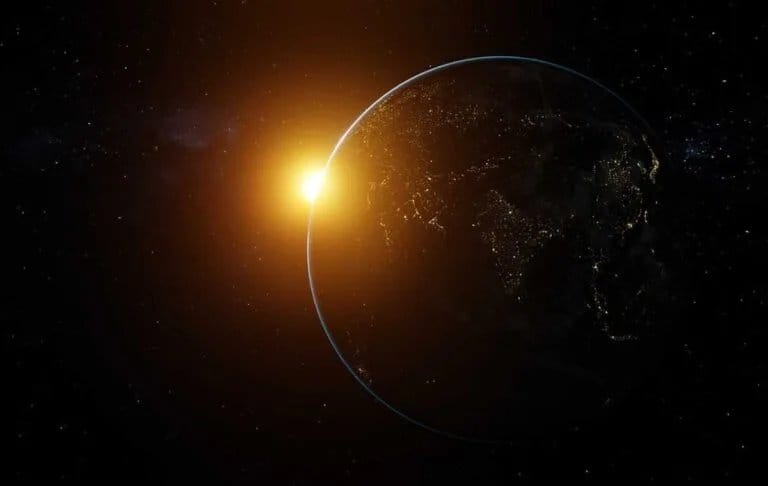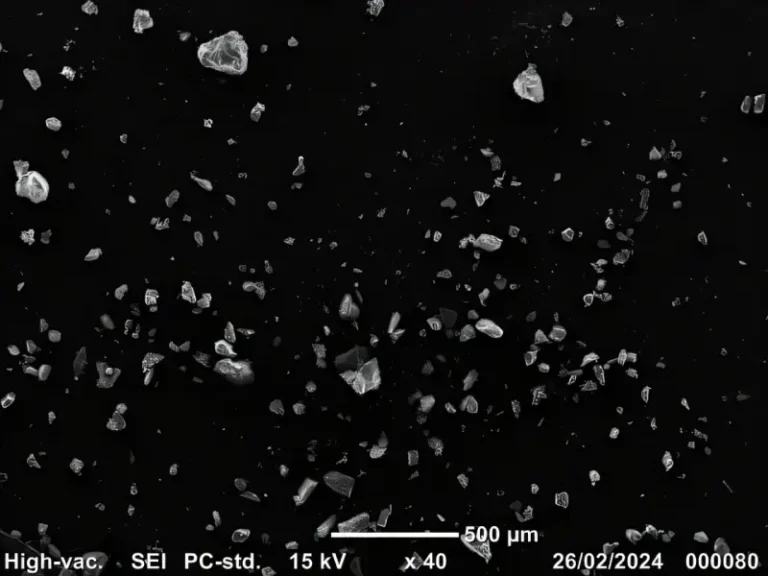Moon ice in the Artemis era: what we still don’t know
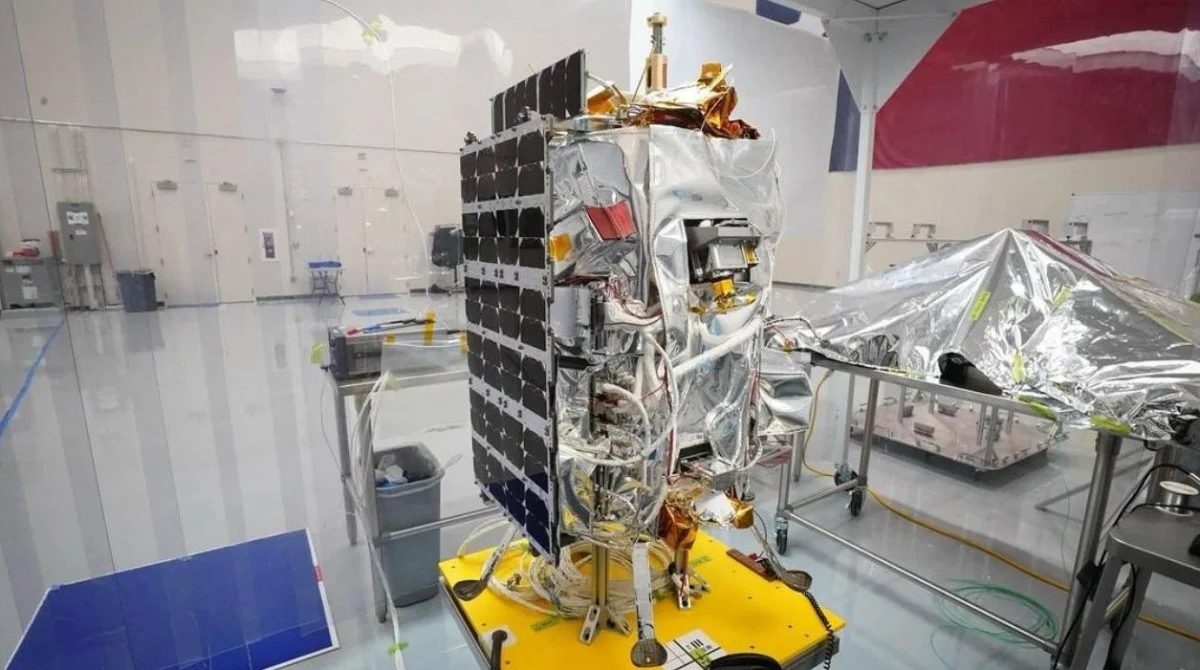
A crucial issue for lunar researchers is the accessibility of water ice at the Moon’s south pole, as experts have long assumed. Research into the feasibility of exploring water ice has become a top priority in NASA’s Artemis mission, which aims to establish a sustainable human presence on the Moon.
Lunar water ice is believed to be located in permanently shadowed regions known as PSRs, where extremely low temperatures allow gases to condense into solid form. However, during the Space Resources Roundtable, held from June 4 to 7 on the campus of the Colorado School of Mines, experts highlighted the scarcity of data that fully supports the prospect of using lunar water ice. Although there are strong indications of the presence of water, there are still a number of unanswered questions that pose significant challenges to the assumption of its use by lunar explorers.
Technical challenges
“The most ice is expected in old large permanently shadowed craters, but no missions go there because of the technical challenges of landing in the dark and operating in the extreme cold,” Norbert Schörghofer, a Planetary Science Institute senior scientist based in Hawaii.
However, expectations of finding an abundance of water ice on the lunar surface have been dashed by data from the Korea Aerospace Research Institute’s Korea Pathfinder Lunar Orbiter, known as Danuri. Launched into lunar orbit in December 2022, Danuri is scheduled to continue its lunar observation operations until December 2025.
Equipped with ShadowCam, a NASA-funded instrument developed at Arizona State University, Danuri captures high-resolution images of the permanently shadowed regions (PSRs) of the Moon from lunar orbit. The mission aims to verify the distribution and accessibility of water ice and other lunar volatiles. According to Schörghofer, the ShadowCam data did not confirm the presence of water expected by the researchers.
“Although ShadowCam found no evidence for ice in the lunar cold traps, there is still strong evidence for ice in the subsurface,” Schörghofer said. That ice may be present outside of cold traps at shallow depths, a finding that could be verified with a single borehole, he said.
Schörghofer mentioned that several previous orbital missions had discovered evidence of water beneath the lunar surface. He specifically cited an instrument on board NASA’s Lunar Prospector spacecraft, which orbited the Moon from January 1998 to August 1999, and an instrument provided by Russia on the Lunar Reconnaissance Orbiter currently in orbit. Both missions used neutron spectrometers to detect hydrogen, a substance believed to be present in the form of water.
“Physical confirmation of water ice could represent a significant impetus to human and robotic exploration,” said Ben Bussey, chief scientist for Intuitive Machines.
Scanning for water
Although several sensors have suggested evidence of a possible abundance of ice on the Moon, Bussey highlighted the uncertainty about the location, quantity and shape of lunar water, as well as the feasibility of collecting it.
“Physical confirmation of water ice could represent a significant impetus to human and robotic exploration,” said Bussey.
Advertisement - Continue Reading Below
“There is the possibility that even if abundant reservoirs of water exist, it may be too hard to reach,” Bussey told SpaceNews, such as water ice lurking inside PSRs. It could be that the water is so disseminated that extracting the resource would mean processing large amounts of lunar regolith, he said.
Bussey pointed out that the next crucial step will come through an Intuitive Machines mission, planned to fly to the lunar south pole under NASA’s CLPS (Commercial Lunar Payload Services) initiative, specifically targeting Shackleton Ridge by the end of 2024. This area receives enough sunlight to power a lander for approximately 10 mission days.
The lunar lander also carries the NASA-funded Polar Resources Ice-Mining Experiment-1, designed to assess the water content of the regolith and search for other volatiles in the lunar polar landing zone.
As well as providing a clear line of sight from Earth for continuous communications, this region is considered a possible destination for future human exploration.
If the robotic lander is successful, it will deploy a Micro Nova Hopper – a propulsion drone funded by NASA. This drone is designed to hop across the lunar surface and will carry a neutron spectrometer supplied by Puli Space Technologies of Hungary to the permanently shaded bottom of the Marston crater.
“This will provide the first direct surface measurement of hydrogen, a key indicator for the presence of water,” Bussey said.

